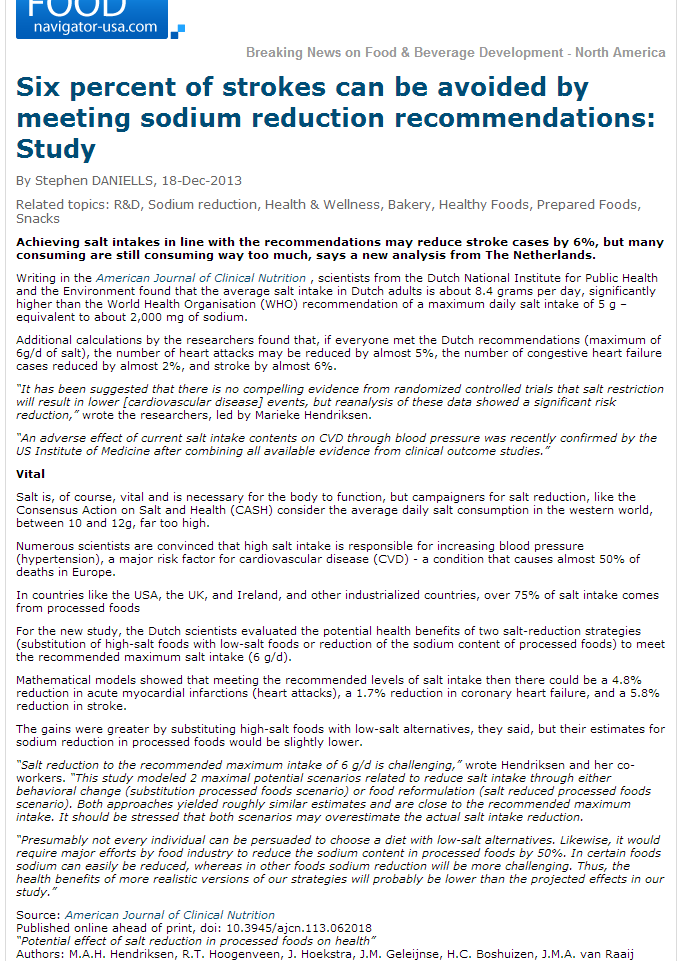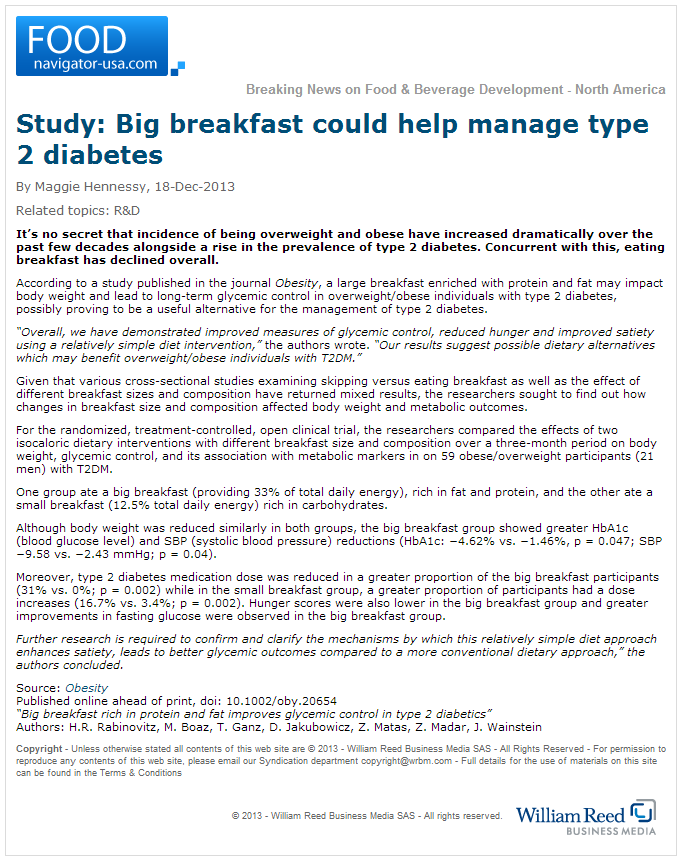- great to know Sugar Nutrition UK and Dr Glenys Jones are mouth-pieces for industry
- non-causal association
- questionnaire-based study
Sugar-sweetened drinks linked to higher cancer risk: Study
Consumption of sugar sweetened beverages may be associated with an increased risk of developing endometrial cancer in postmenopausal women, according to new data.
http://www.foodnavigator-usa.com/R-D/Sugar-sweetened-drinks-linked-to-higher-cancer-risk-Study
Sugar-sweetened drinks linked to higher cancer risk: Study
By Nathan Gray+, 27-Nov-2013
Related topics: Carbohydrates and fibers (sugar, starches), R&D, HFCS, Beverage
Consumption of sugar sweetened beverages may be associated with an increased risk of developing endometrial cancer in postmenopausal women, according to new data.
The study, published in Cancer Epidemiology, Biomarkers & Prevention, revealed that postmenopausal women who consumed sugar-sweetened beverages were more likely to develop the most common type of endometrial cancer compared with women who did not drink sugar-sweetened beverages.
Led by Dr Maki Inoue-Choi from the University of Minnesota School of Public Health, the team found postmenopausal women who reported the highest intake of sugar-sweetened beverages had a 78% increased risk for oestrogen-dependent type I endometrial cancer (the most common type of this disease).
This association was found in a dose-dependent manner: the more sugar-sweetened beverages a woman drank, the higher her risk, the team said.
“Although ours is the first study to show this relationship, it is not surprising to see that women who drank more sugar-sweetened beverages had a higher risk of oestrogen-dependent type I endometrial cancer but not oestrogen-independent type II endometrial cancer,” said Inoue-Choi.
“Other studies have shown increasing consumption of sugar-sweetened beverages has paralleled the increase in obesity,” she added. “Obese women tend to have higher levels of estrogens and insulin than women of normal weight. Increased levels of estrogens and insulin are established risk factors for endometrial cancer.”
However, because the new study is the first to show an association between high sugar-sweetened beverage consumption and endometrial cancer, the findings need replication in other studies, Inoue-Choi explained.
Sugar Nutrition UK: This type of study has a number of significant limitations
Commenting on the study findings Dr Glenys Jones of Sugar Nutrition UK noted that the findings only appear to hold true for sugar-sweetened drinks, and not for glucose, fructose or for sweets/baked goods.
“As the authors mention in the discussion, this type of study has a number of significant limitations and is unable to show any cause and effect relationships,” she added.
“A single questionnaire at the beginning of a study cannot account for any changes in dietary habits, reformulation or body weight during the subsequent 24 years of the study, all of which could be confounding factors in the statistical analysis.”
The American Beverage Association added: “This study does not show that sugar-sweetened beverage consumption causes endometrial cancer. In fact, its findings conflict with the results of several other published studies that showed no association between consumption of sugar and risk for endometrial cancer.
“The Mayo Clinic states common risk factors as changes in female hormones, older age, obesity, and inherited genetic conditions – not sugar or beverage consumption. Moreover, the study only measured dietary behaviors at the very beginning of the study, yet makes conclusions about health outcomes over 12 years.”
Study details
Inoue-Choi and colleagues analysed data from 23,039 postmenopausal women who reported dietary intake, demographic information, and medical history in 1986, prior to the cancer diagnosis, as part of the Iowa Women’s Health Study. Dietary intake was assessed using the Harvard Food Frequency Questionnaire (FFQ), which asked study participants to report intake frequency of 127 food items in the previous 12 months.
The team explained that the FFQ included four questions asking usual intake frequency of sugar-sweetened beverages, including 1) Coke, Pepsi, or other colas with sugar; 2) caffeine-free Coke, Pepsi, or other colas with sugar; 3) other carbonated beverages with sugar, such as 7-Up; and 4) Hawaiian Punch, lemonade, or other non-carbonated fruit drinks.
‘Sugar-free soft drinks’ included low-calorie caffeinated and caffeine-free cola (for example Pepsi-Free), and other low-calorie carbonated beverages such as Fresca, Diet 7-Up, and Diet Ginger Ale, said the authors.
The ‘sweets and baked goods’ category comprised 13 items in the FFQ, including chocolate, candy bars, candy without chocolate, cookies (home-baked and ready-made), brownies, doughnuts, cakes (home-baked and ready-made), sweet rolls, coffeecakes or other pastries (home-baked and ready-made), and pies (home-baked and ready-made).
Inoue-Choi and the research team then categorised the sugar-sweetened beverage consumption patterns of these women into quintiles, ranging from no intake (the lowest quintile) to between 1.7 and 60.5 servings a week (the highest quintile).
Between 1986 and 2010, 506 type I and 89 type II endometrial cancers were recorded among the women studied.
The team did not find any association between type I or type II endometrial cancers and consumption of sugar-free soft drinks, sweets/baked goods, and starch, but did find an association with sugar-sweetened beverage consumption after controlling for other lifestyle and risk factors.
“Too much added sugar can boost a person’s overall calorie intake and may increase the risk of health conditions such as obesity, diabetes, heart disease, and cancer,” Inoue-Choi commented.
Source: Cancer Epidemiology, Biomarkers & Prevention
Published online ahead of print, doi: 10.1158/1055-9965.EPI-13-0636
“Sugar-Sweetened Beverage Intake and the Risk of Type I and Type II Endometrial Cancer among Postmenopausal Women”
Authors: M. Inoue-Choi, K. Robien, A. Mariani, et al
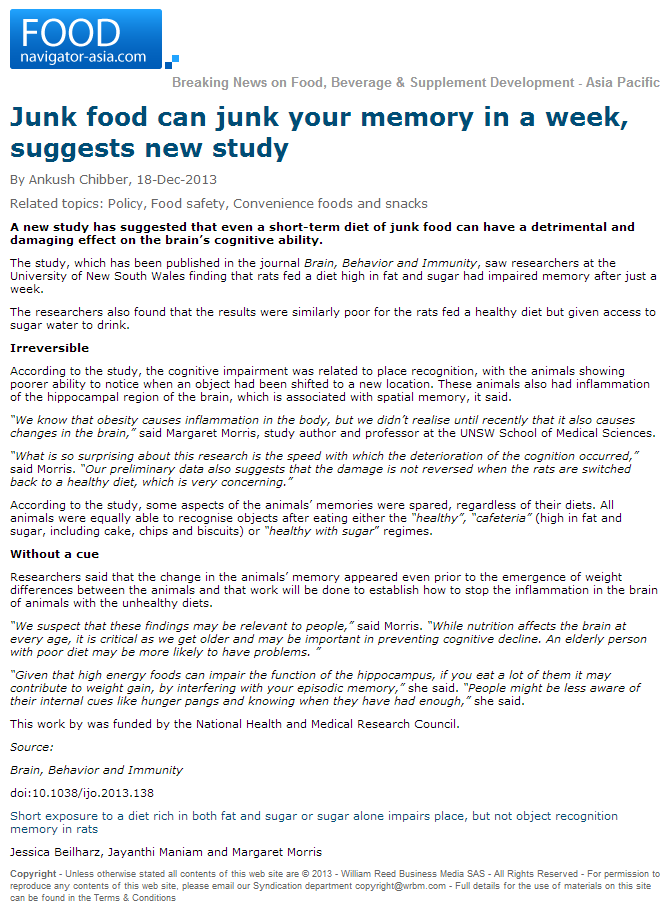
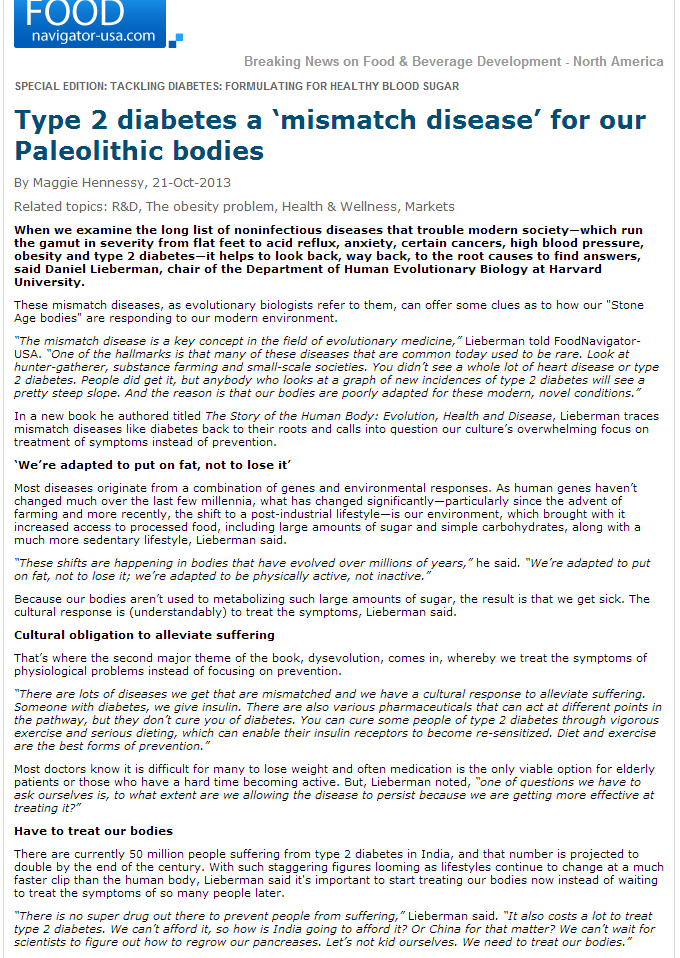
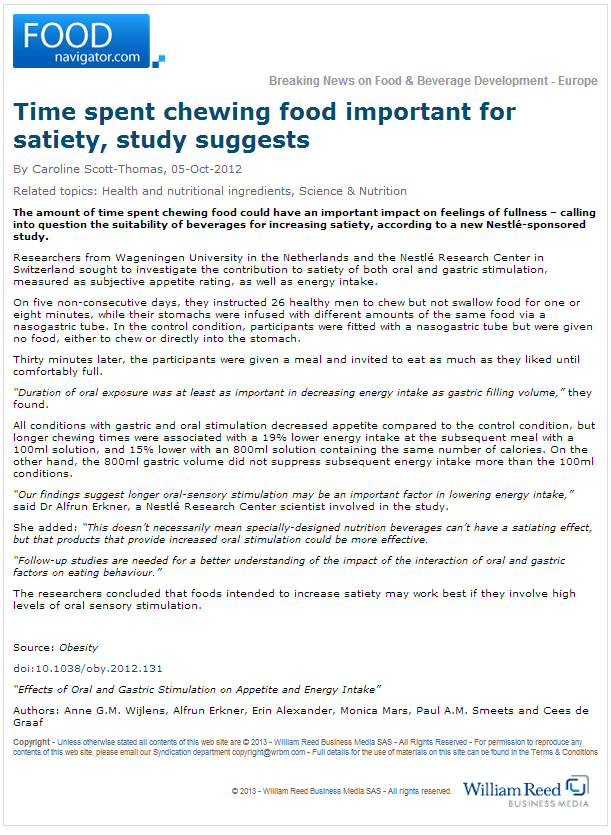
 The latest fitness trend in offices around the country is employees giving up their chairs in order to stand while working. Now Stir, a Pasadena, CA company, is helping this fitness cause with their smart desk called Stir Kinetic that adapts to the user’s position and also helps track the additional calories burned due to standing.
The latest fitness trend in offices around the country is employees giving up their chairs in order to stand while working. Now Stir, a Pasadena, CA company, is helping this fitness cause with their smart desk called Stir Kinetic that adapts to the user’s position and also helps track the additional calories burned due to standing.
